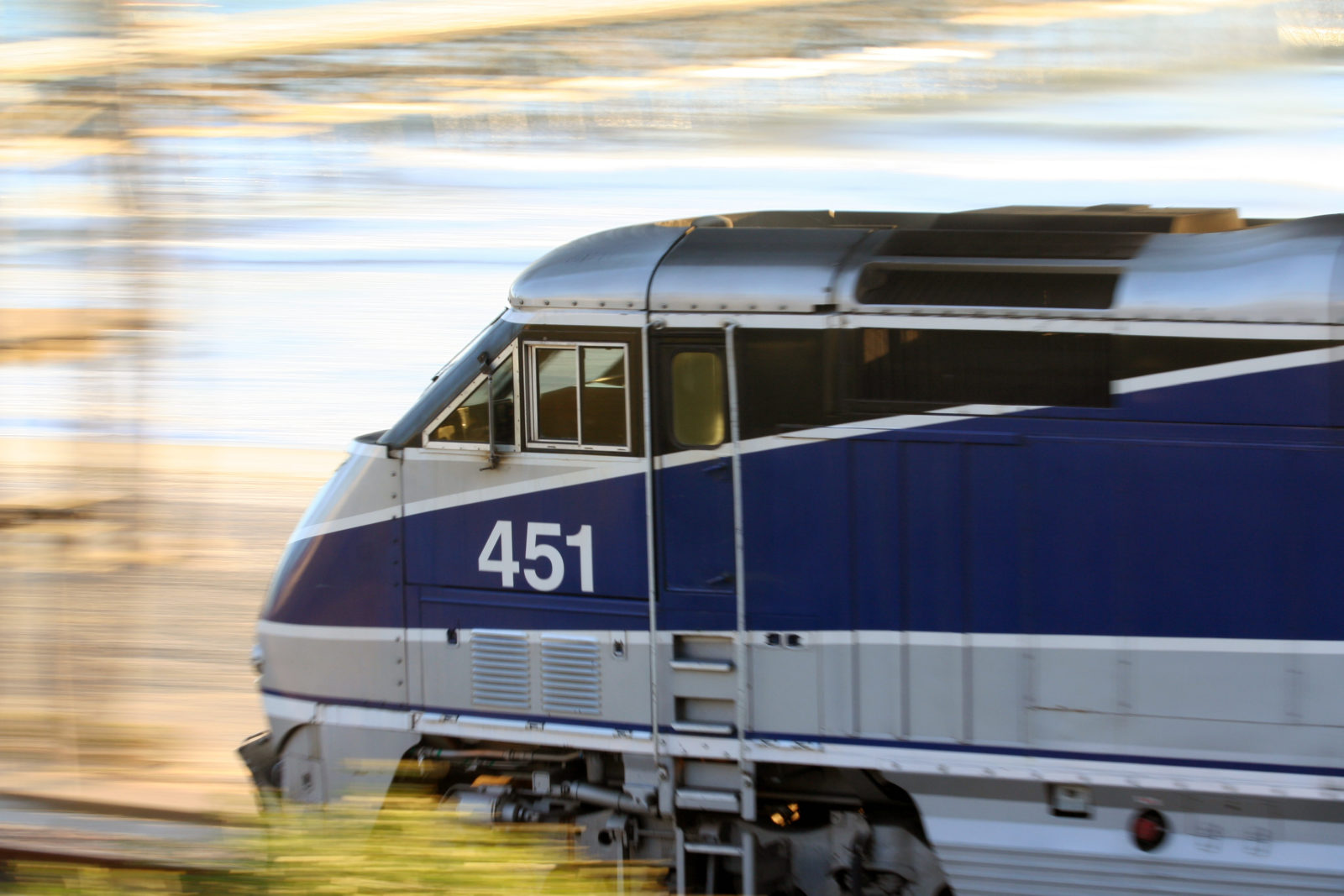Officials Closing in on Deal to Save Amtrak
Published in The Associated PressThe quick, pragmatic answer is the national passenger snail service known as Amtrak cannot be allowed to collapse. That means the railway should receive the short-term financing needed to keep it alive through October and into next year.
Clearly, however, the three-decades-old Amtrak is a failure as it is now configured.
Last week, the Bush administration proposed shifting more of the expense borne by the federal government to the states, opening Amtrak’s busy Northeast rail corridor to competition and eliminating failing routes.
Those might not be the right solutions, but they properly shift the discussion toward the question of what comes next.
In 1997, Congress gave Amtrak five years to become self-sufficient. Agency critics say Amtrak ignored the directive, lied to congressional committees, flouted accountability standards, became hopelessly bloated and failed to challenge expensive work rules.
A new CEO, five weeks on the job, is cleaning house, but it will be too little too late. Amtrak President David Gunn has fired dozens of vice presidents in a top-heavy organization. He told Congress last week he needs $200 million by the end of the month or Amtrak will shut down. He wants $1.2 billion – a 130-percent increase – in federal subsidy for the next fiscal year.
The White House and Congress ought to provide the money in the spirit of transitional funds to a new existence. Washington Sen. Patty Murray will chair the hearings that shape Amtrak’s new direction.
In the House, Transportation Committee Chairman Don Young, R-Alaska, is willing to spend $59 billion on high-speed rail and passenger-rail improvements if it comes with tough federal oversight regulations and new working relationships with the states.
Regional innovations and new, entrepreneurial ways of offering passenger service, especially on sparsely populated inter-city routes, need to be tested.
Close to home, the Cascadia Project of the Discovery Institute is exploring a West Coast Coalition that links Washington, Oregon and California to provide tailored service in busy corridors.
States have an opportunity to help scale passenger service to regional needs. In an era of deregulated airline and bus service, rail connections between rural communities are vital. Let states decide what they need and will help pay for.
Passenger rail service is still valued, but the Amtrak model has failed. Murray will help decide what comes next.
